'Prey' review: Prequel shows that there is still hope for the Predator franchise

The long-anticipated — and refreshing — Predator prequel, unexpectedly titled Prey, has just hit Hulu in the US and Star (through Disney Plus) internationally.
After the largely reviled The Predator (2018), this new take on the Predator formula has given the franchise a second fighting chance, big screen or not. For now, the hunt continues on streaming, where you can also find all the other Predator films.
Here’s our review of Prey, which redefines the future of the film franchise while honoring the past in clever ways (Predator 2 fans will be very happy).
The Predator film franchise has slowly become bigger than anyone could have predicted, already packing five "solo" installments and two Alien vs. Predator crossover films in which the most famous spacefaring hunters of all time clashed against the infamous Xenomorphs. On top of that, video games and especially comic books are keeping the flame of the hunt alive for newer generations and hardcore fans that want more blood-soaked action.
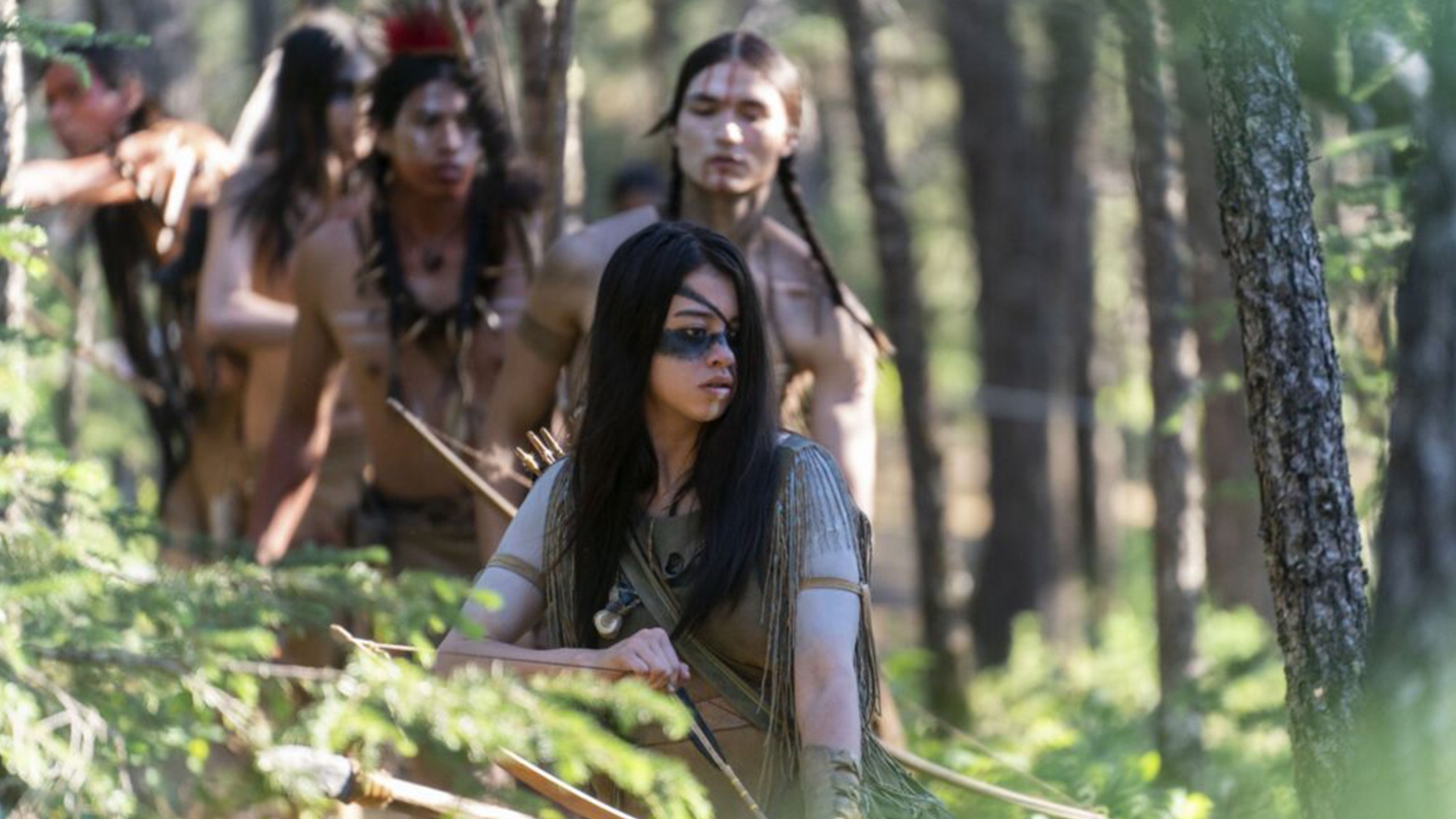
Despite the series’ ups and downs, the Predator films have never been too expensive to make, so it makes sense that Disney-owned 20th Century Studios wants to keep the franchise going one way or another. In fact, Alien and Predator are shaping up to be a key part of Disney’s content strategy for adults.
If the Alien vs. Predator talk (and potential rewatches) puts you in the mood for more Xenomorph-driven horror, be sure to check out our list of all the Alien movies, ranked worst to best too.
After more than 30 years, the solo Predator franchise has escaped modern-day settings and gone back in time to tell a short but effective tale of survival (think of The Revenant) that just happens to feature a Predator.
Breaking space news, the latest updates on rocket launches, skywatching events and more!
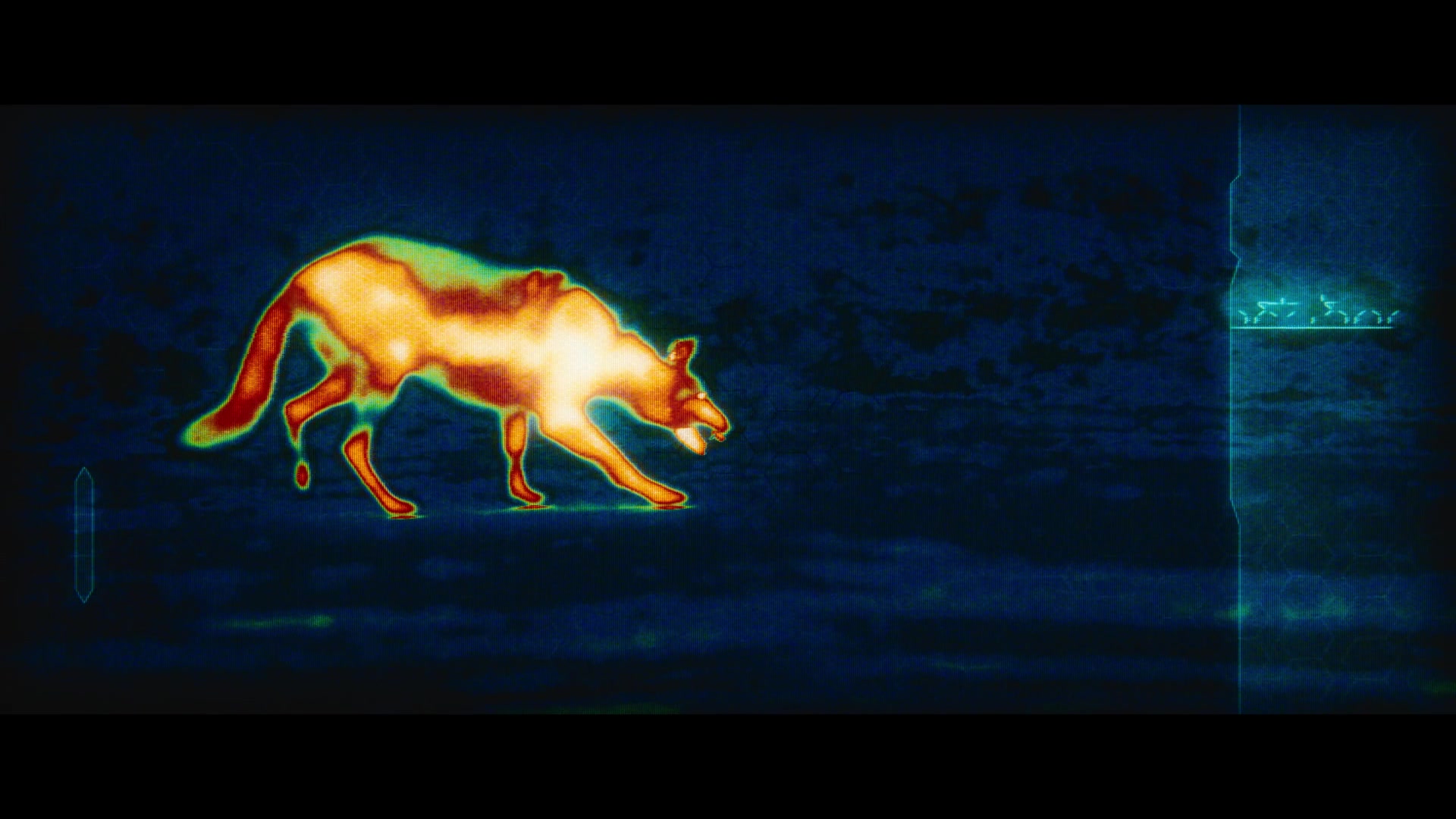
In fact, the original plan was to market the film (temporarily titled Skulls) as an original story up to a certain point close to its release — a strategy also followed by Prey director Dan Trachtenberg’s previous film, 10 Cloverfield Lane. Unsurprisingly, the cat got out of the bag before shooting even began, but that didn’t make its premise any less interesting for fans.
Related: Exclusive: The hunter becomes the hunted in Marvel Comics 'Predator #1' relaunch
Set in the Great Plains of North America in 1719, the film follows Naru (Amber Midthunder), a young Comanche woman trying to prove herself as a worthy warrior and hunter. When a Predator visits Earth for the first time, a vicious game of cat and mouse begins between the two and plays over the course of an impressive monster feature that harnesses the spark of the first two films and then does its own thing both narratively and formally.
Even though Prey’s script is one of the sharpest and tightest for an action-adventure film in a while, Naru shares a fair amount of screentime with other members of her tribe, including her brother Taabe, played by newcomer Dakota Beavers, and mother Aruka (Michelle Thrush). The first 40 minutes largely play out like a straightforward survival, coming-of-age film. We simply see a Predator arriving on Earth and learning about the most dangerous animals he can hunt. And of course, man is the most enticing prey.
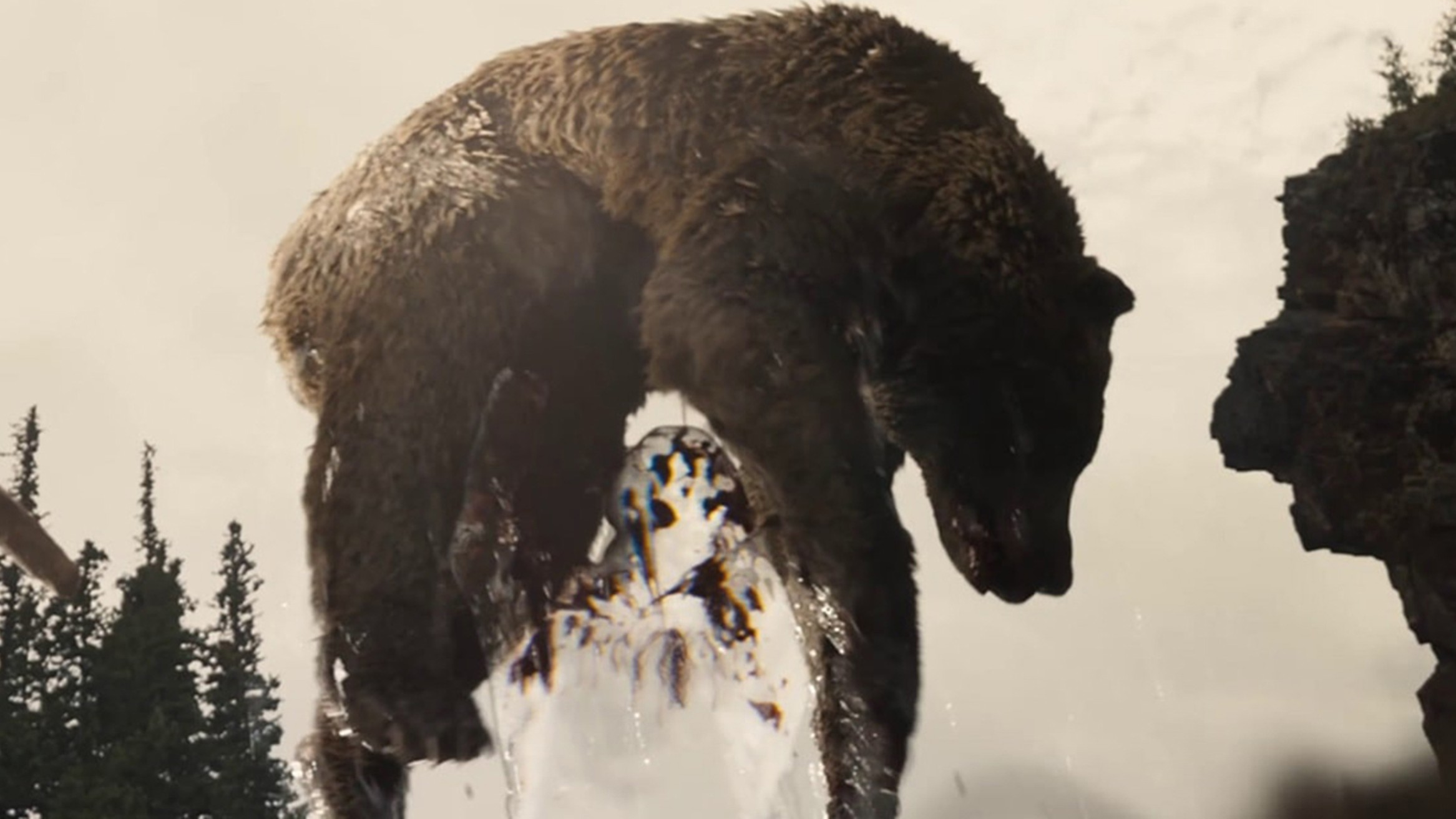
Prey is filled with Chekhov’s guns — elements that appear to be unimportant at first but completely define how key scenes play out later. That principle is tied to the idea of leaving fluff out of short stories, something screenwriter Patrick Aison took to heart while crafting the impressive script.
Every blockbuster doesn’t need to be bloated with subplots, redundant characters, or convoluted mythology elements. That was the secret sauce of the first two Predator films; the (solo) franchise never really asked for a massive expansion of the core premise, and both Predators (2010) and The Predator (2018) struggled with the balancing act of bringing new ingredients to the table while keeping things simple.
Clocking in at around 100 minutes (including credits), Prey is lean and mean. Trachtenberg has mentioned the goal was to tell a story through action, much like what George Miller did with 2015’s excellent Mad Max: Fury Road, and it shows. While the film takes its time setting up the story and themes, and getting us to care about Naru and Taabe, it doesn’t slow down once the Predator starts hunting down humans.
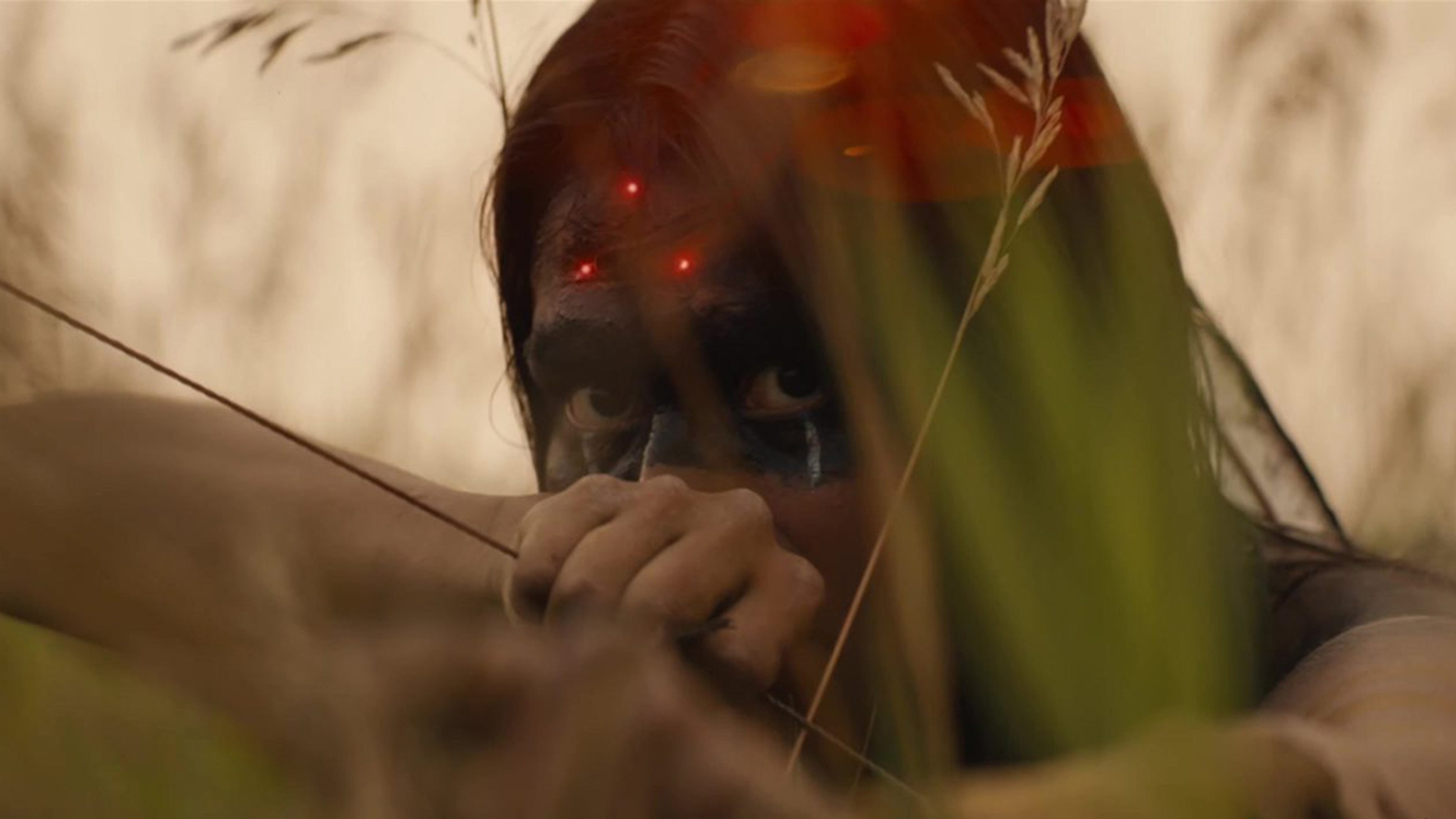
Trachtenberg and Aison made the right choice when they chose not to keep the Predator (played by Dane DiLiegro) hidden for too long. In fact, we get some really interesting solo scenes with him — albeit cloaked — early on. We’ve known how this species looks and acts for over 30 years now, and even though this "feral" Predator is quite different, the core tenets are present, so beating around the bush with too much suspense was no good.
The feral Predator’s striking design takes the main action sequences in a slightly different direction too, one in which there’s less "hit and run" tactics and more of a warrior-like approach to brutalizing humans – one glorious scene involving French trappers has the Predator becoming a walking tank with John Wick’s finesse for killing.
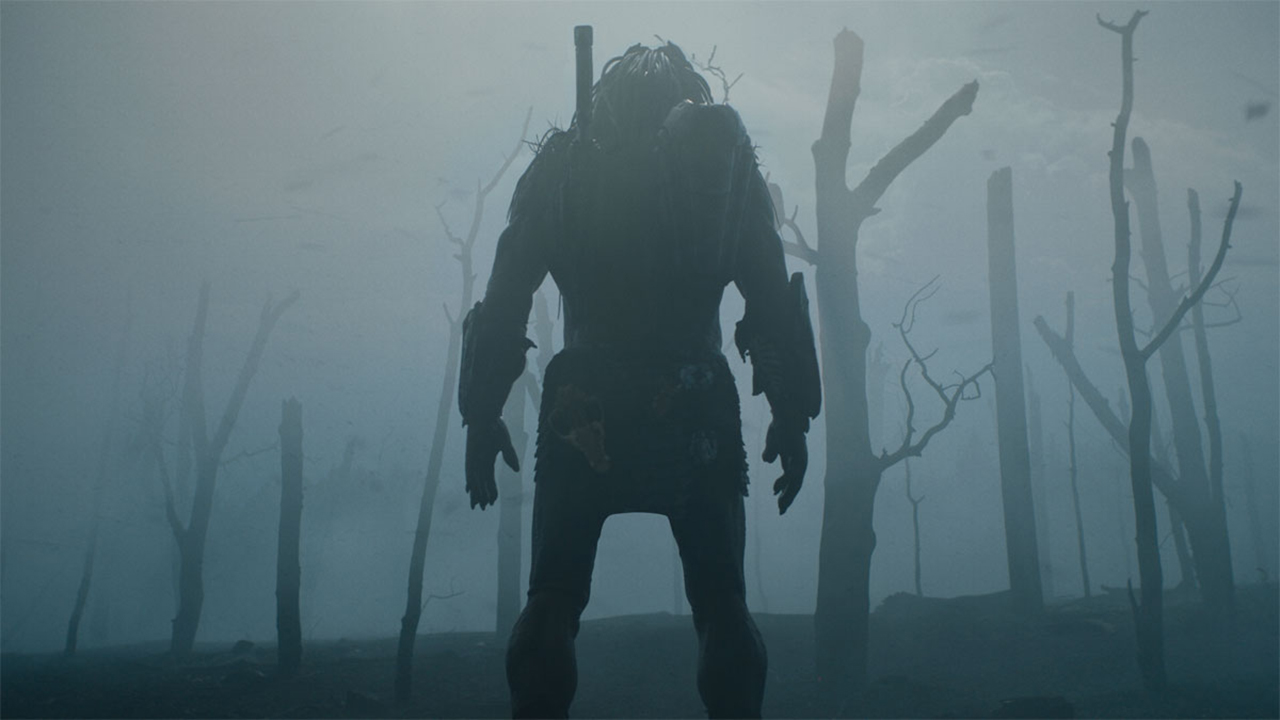
Needless to say, all the action and horror bits have to look great to truly be memorable, and Trachtenberg, together with cinematographer Jeff Cutter, completely nailed the film’s overall look and visual flow.
First of all, the lighting when shooting outdoors (most of the production) was natural — something that is really noticeable during sunrise and night-time scenes — and then, there’s a conscious effort to play around with the cameras and keep the choreographies unrestrained but clean, with smart framing choices and the opposite of "shaky cam" taking control of the action.
One of the film’s few downsides is that CGI can look uneven, especially early on, when the Predator and Naru are interacting with a fair amount of wildlife. Thankfully, most of the (uncloaked) action with the Predator is completely practical, giving the overall package a genuine "old school" feeling when coupled with the gorgeous natural environments. On top of that, Sarah Schachner’s atypical yet tense and adventurous score rivals Alan Silvestri’s unforgettable Predator soundtrack with its own identity.
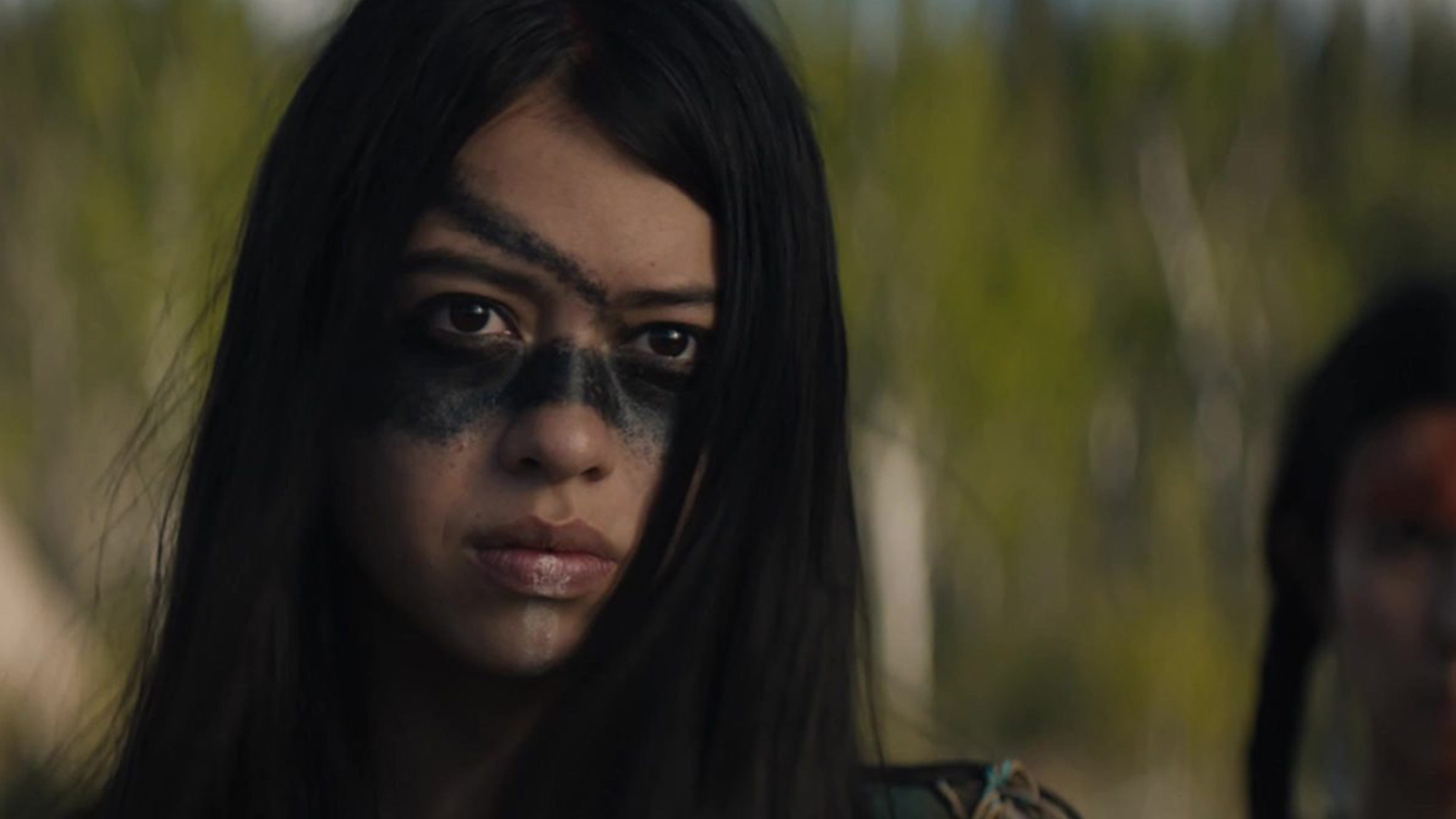
Amber Midthunder’s Naru may be the franchise’s most interesting main character (sorry, Arnold). And that’s Prey’s biggest achievement: giving us a heroine who can proudly stand beside Ellen Ripley, Sarah Connor, or Furiosa.
Yes, the writing is great, and her struggle is relatable and told in a concise way, but Midthunder sells the entire part — Naru is as vulnerable as anyone on screen, but she finds great strength in being a quiet observer and effective planner. She’s the perfect adversary for a highly aggressive Predator, and it’s a joy to witness the hunter-prey dynamics shift over the course of the story.
It’d be unfair to end the review without underlining the importance of Dakota Beavers’ Taabe and Naru’s dog companion, Sarii (beautifully played by Coco). They both gave excellent performances as well, and their roles are the support that Naru needs to grow and soar above other heroes in the Predator franchise. Every piece of the script works towards the same goal, and the culmination of it all is immensely satisfying.
In conclusion, Prey feels like a major resurrection of a sci-fi franchise that had been in B-movie territory for too long. We could discuss about how it’d have performed in theaters — instead of dropping on Hulu — all day long, but at the end of the day, we received an excellent Predator installment that opens up new, exciting possibilities (pay attention to the ending credits) without losing sight of what made the original work as well as it did in the first place.
Fran Ruiz is our resident Star Wars guy. His hunger for movies and TV series is only matched by his love for video games. He got a BA of English Studies, focusing on English Literature, from the University of Malaga, in Spain, as well as a Master's Degree in English Studies, Multilingual and Intercultural Communication. On top of writing features and other longform articles for Space.com since 2021, he is a frequent collaborator of VG247 and other gaming sites. He also serves as associate editor over at Star Wars News Net and its sister site, Movie News Net.

